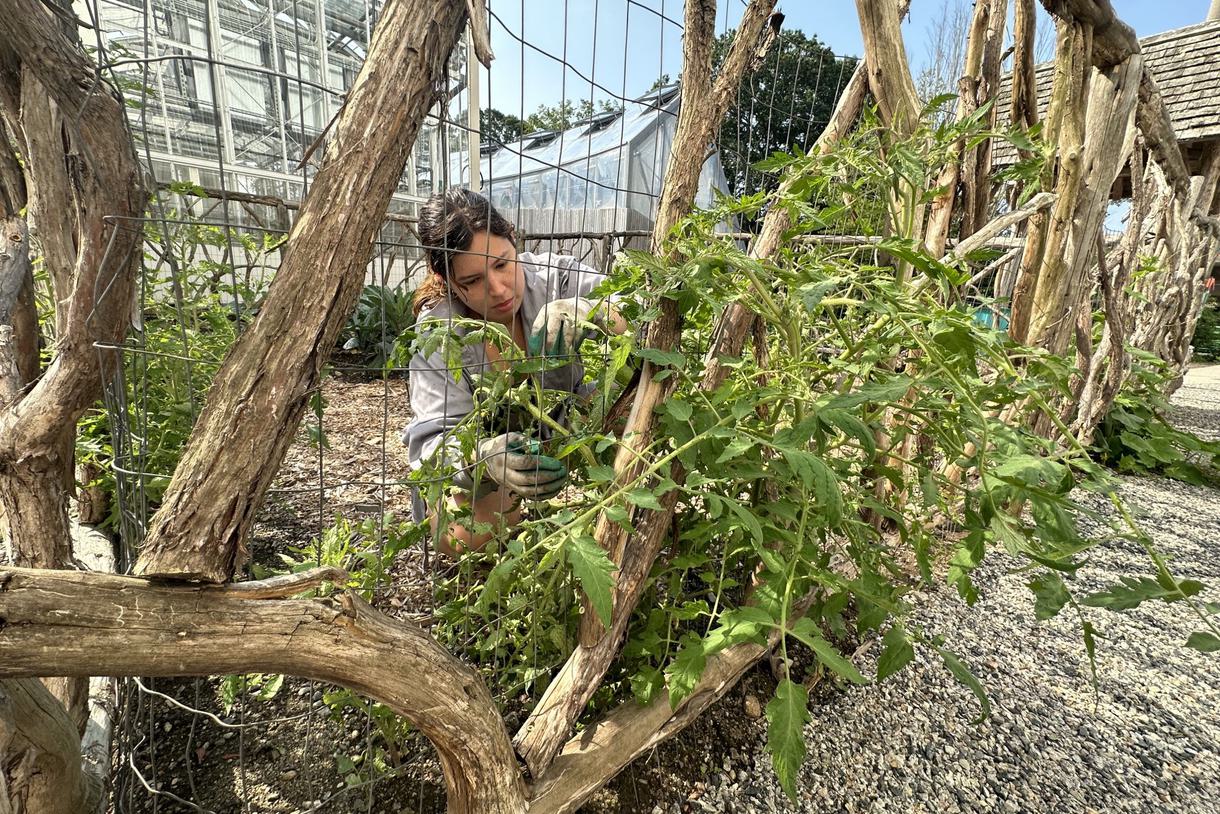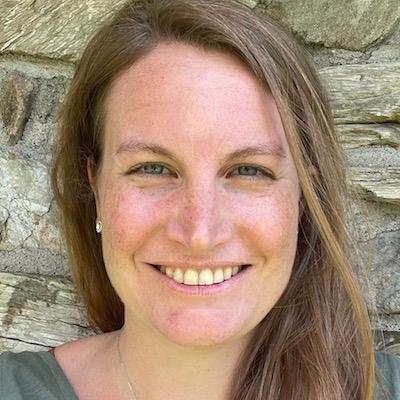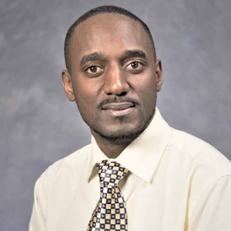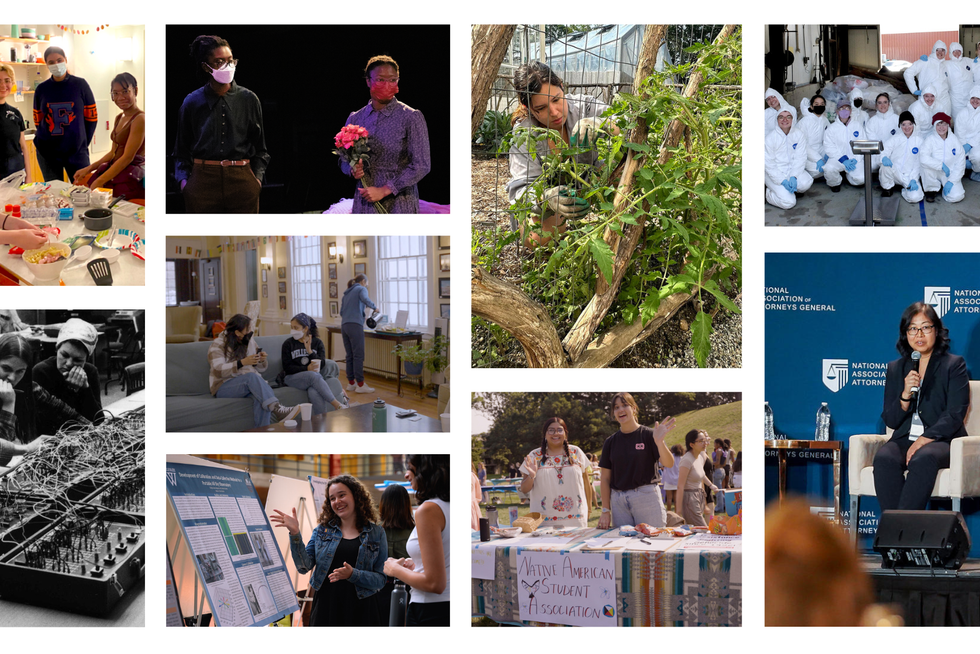Environmental Studies
Academic Department Introduction
Environmental studies examines the interdependent relationships between humans and the environment. Our department helps students cultivate the expertise, confidence, and empathy needed to tackle pressing environmental issues as scholars, scientists, activists, policy-makers, planners, artists, storytellers, and more.
Learning goals
Our goals are built upon values, skills, and experiences that recognize the complex, systemic inequities of environmental issues and actively empower people whose voices and perspectives have been marginalized. These include:
- Gaining an understanding of how racism, colonialism, and power shape environmental problems; appreciating the complexity of environmental challenges; and engaging in complicated dilemmas in a spirit of collaboration.
- Using data, argument, and case studies to understand social, physical, and biological processes.
- Participating in a transdisciplinary and collaborative learning community where fellow students, faculty, staff, alums, and the public are all valued sources of expertise.
Programs of study
Environmental studies major and minor
Students gain skills, experiences, and values necessary to tackle pressing environmental challenges.
Course Highlights
This course focuses on the social science explanations for why environmental problems are created, the impacts they have, the difficulties of addressing them, and the regulatory and other actions that succeed in mitigating them. Topics include: externalities and the politics of unpriced costs and benefits; collective action problems and interest-group theory; time horizons in decision-making; the politics of science, risk, and uncertainty; comparative political structures; and cooperation theory. Also addressed are different strategies for changing environmental behavior, including command and control measures, taxes, fees, and other market instruments, and voluntary approaches. These will all be examined across multiple countries and levels of governance.
(ES 214 and POL2 214 are cross-listed courses.)-
Tax carbon? Label genetically modified crops? Ban endocrine disruptors? In this course, an interdisciplinary capstone experience for the ES major, we will engage with such questions and related environmental sustainability issues as public writers. Students will choose one environmental issue, which will be the focus of their environmental “beat” during the semester. They will draw on an interdisciplinary toolset from environmental studies to analyze and communicate the scientific, economic, political, and ethical dimensions of pressing policy issues. Students will conduct independent research to produce weekly articles, such as op-eds, blog posts, press releases, book reviews, policy memos, and interviews with environmental professionals. Class sessions will be organized as writing workshops focused on the interdisciplinary analysis and content of student work.
-
The emergent structure and function of ecosystems are regulated by feedbacks between biological and physical systems from the microscopic to the global scale. We will study how ecosystems cycle carbon and nutrients and how the energy balance of ecosystems influences climate. We will also examine the role that humans play in managing, creating, and using services from ecosystems in our current era of rapid global change. Synthesizing these concepts, we consider the role of protected areas in preserving ecosystem functioning. Students will develop statistical skills working with authentic long-term ecosystem ecology datasets. Students in this course will develop independent data analysis projects that include scientific communication through presentations, writing, and visual displays of data. (BISC 307 and ES 307 are cross-listed courses.)
Places and spaces
-
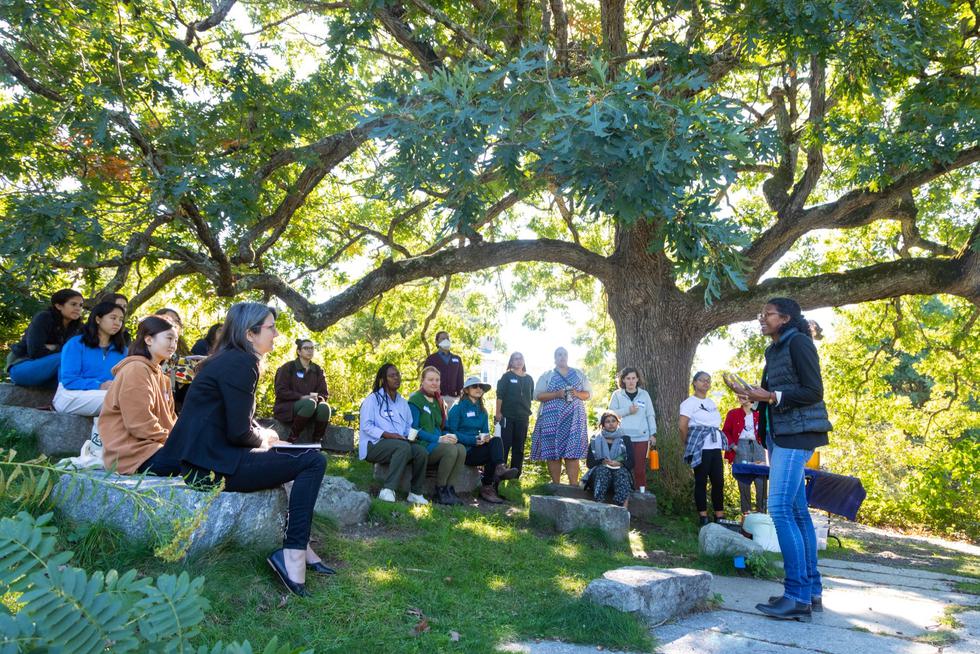
The Frost Center for the Environment, home of the Environmental Studies Department, offers access to the Science Complex, greenhouses, and laboratory equipment. Thoroughly interdisciplinary, the Frost Center supports programming and initiatives that engage the whole community, such as talks on topics ranging from eco-poetics to environmental justice.
-
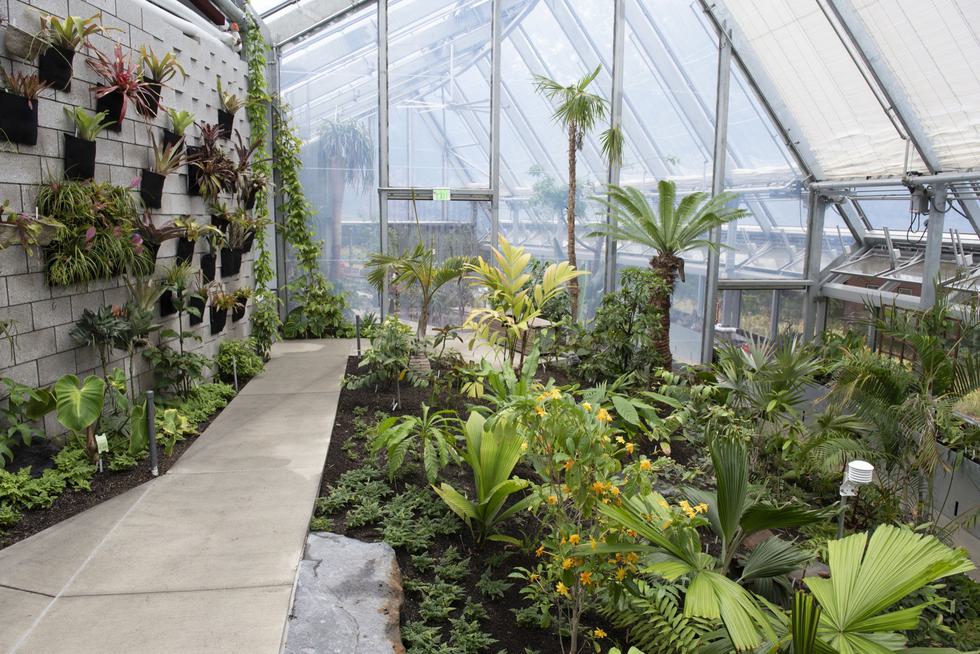
A stunning greenhouse that embodies architectural sustainability and interdisciplinary education, Global Flora houses the College’s preeminent collection of plants in dry and tropical biomes.
-
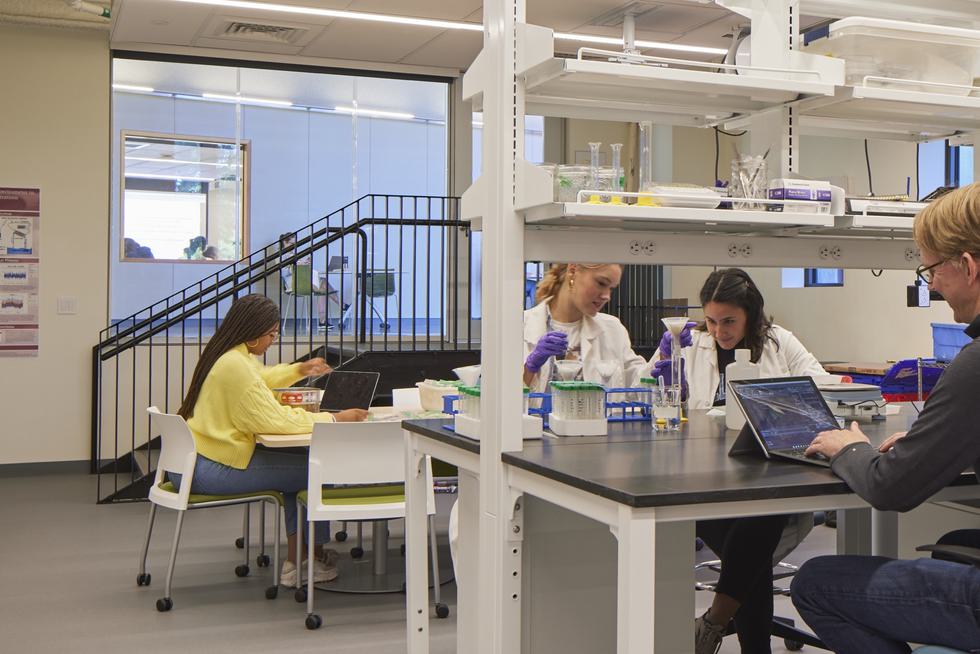
The Environmental Science Research Laboratory is a shared space in which faculty and students engage in research in the natural sciences that informs—and is motivated by—interdisciplinary environmental questions and issues. They analyze environmental samples ranging from plant material to ocean water and use the resulting data to better understand scientific processes and feedback. Photo: Dave Burk © SOM
Research highlights
-
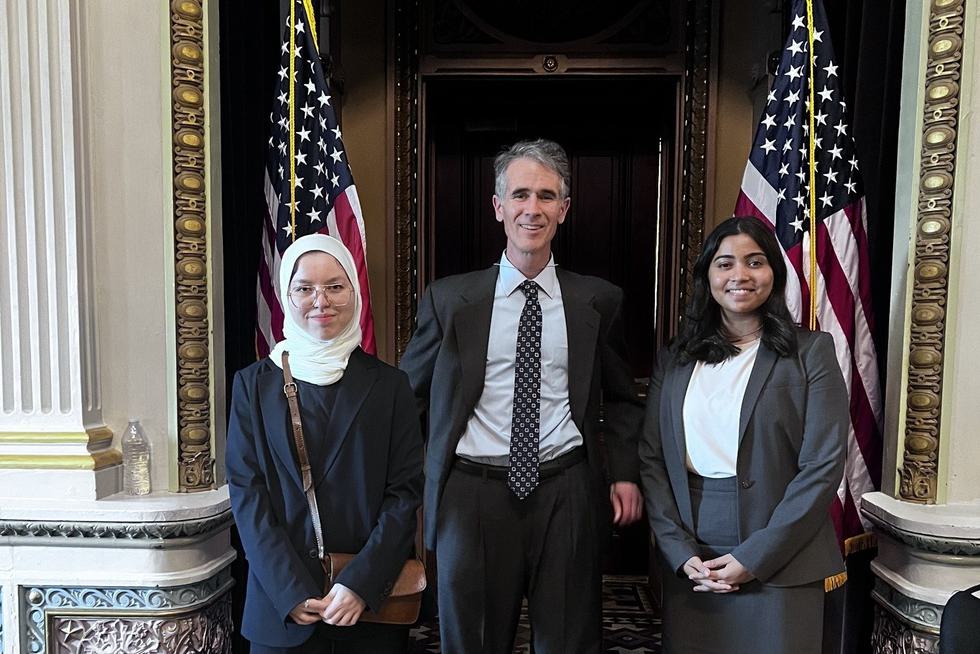
Students working with Professor Jay Turner have tracked investments in clean energy manufacturing since the Inflation Reduction Act became law. In March 2023, they were invited to brief the White House Office of Science and Technology Policy on what they had learned.
-
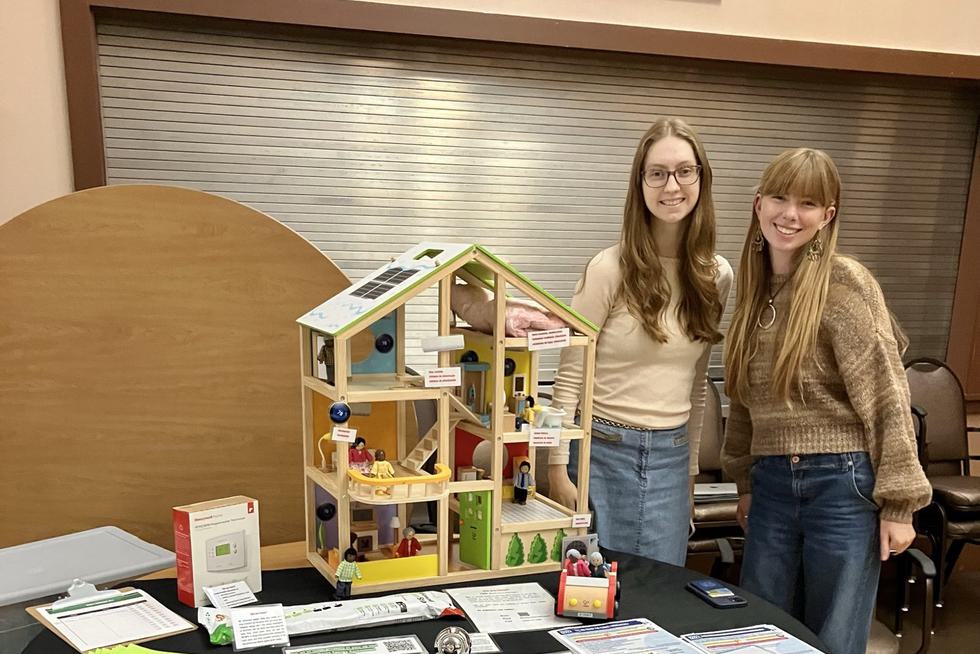
The MetroWest Energy Justice Collaborative, an independent study course in our department, worked with Niri Kumar, the energy advocate for Wellesley’s neighboring towns of Natick and Framingham, in fall 2023. Students studied energy justice in class and worked on these issues through community-based projects.
-
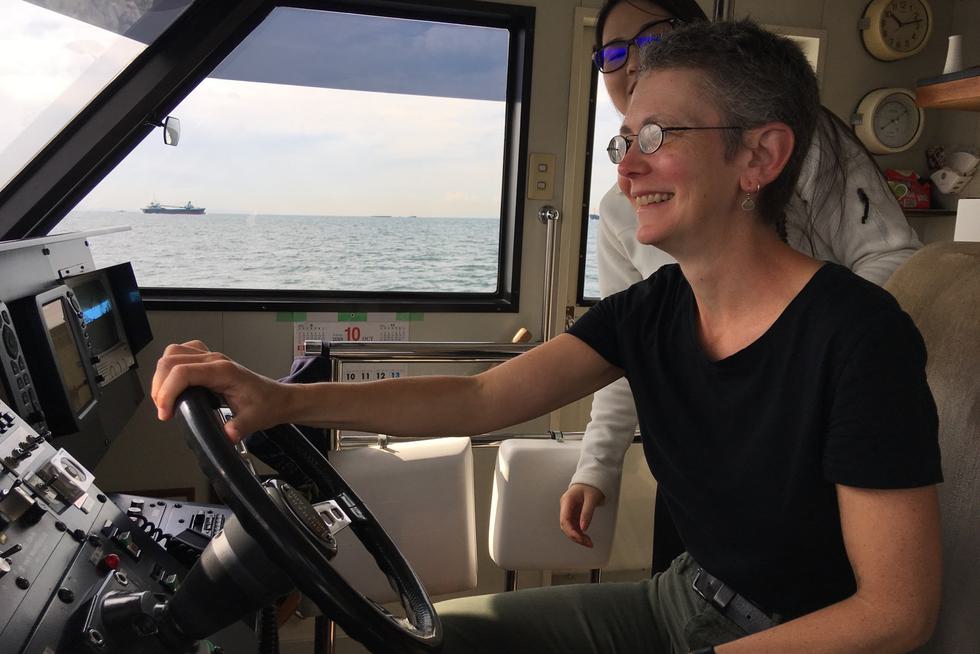
How can we make global shipping greener? One place to start is the world’s ports. Students working with Professor Beth DeSombre have researched sustainability measures at the busiest ports around the world with the help of a multiyear grant from the Social Sciences and Humanities Research Council of Canada.
-
Sometimes a plant species can dominate one landscape yet be hard to find in a similar place nearby. Students in Professor Alden Griffith’s lab research the mechanisms of plant population dynamics, with a particular focus on invasive species and the influence of local environmental conditions. This work integrates measurements from the field and laboratory, the development of quantitative models, and greenhouse experiments.
-
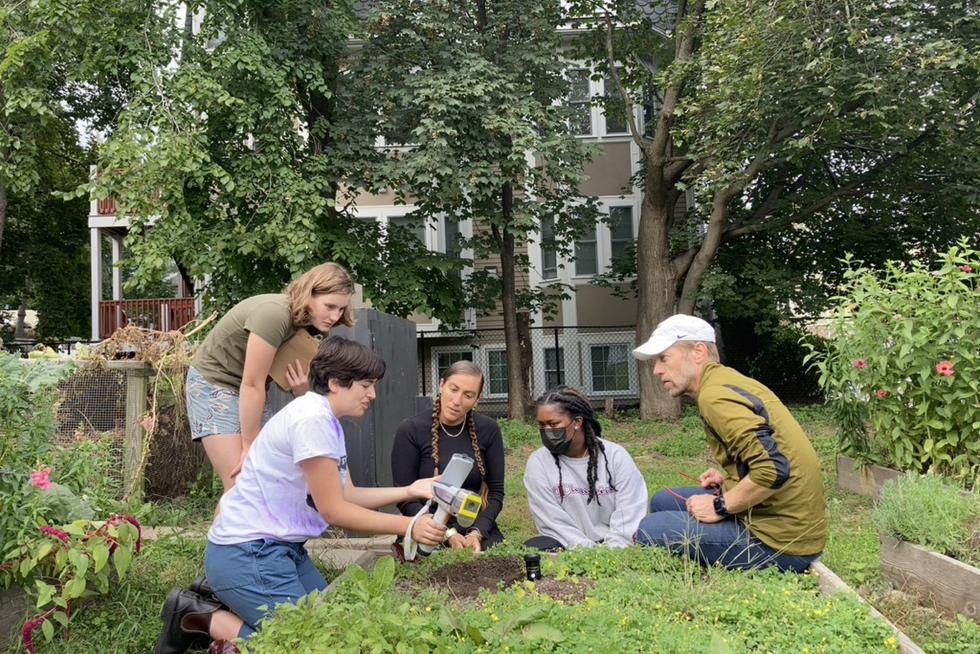
Students working with Professor Dan Brabander explore the intersection of geosciences and public health with a focus on legacy metal (e.g. lead and arsenic) mobility in the environment. Environmental justice communities are often disproportionately affected by these toxic elements in soil and dust. Professor Brabander’s lab works with community partners to co-discover research questions that lead to sustainable and transformative interventions for impacted communities.
Opportunities
-
Study abroad
Through our partner institutions, students can enroll in environmentally focused programs in Panama, Costa Rica, Kenya, New Zealand, and elsewhere.
-
Study off campus
Students can cross-register for environmental studies classes at MIT, Olin College of Engineering, Babson College, and the Marine Studies Consortium.
-
Student organizations
Several student-run organizations focus on climate change, food justice, sustainability, and outdoor activities.
Beyond Wellesley
Beyond Wellesley
Many of our graduates become scholars, scientists, activists, health care workers, policy-makers, and artists. They work in the nonprofit sector, conduct research, and teach. Recent employers include the Office of the Attorney General for Massachusetts, the U.S. Environmental Protection Agency, Maxeon Solar Technologies, and nonprofit organizations such as the Conservation Law Foundation, the Acadia Institute of Oceanography, and Cultural Survival. Students have continued their studies at graduate programs including the Yale School of the Environment, the Nicholas School of the Environment at Duke, the MIT Department of Urban Studies and Planning, and Stanford Law School.
Recent Employers






Department of Environmental Studies
106 Central Street
Wellesley, MA 02481
